Results
-
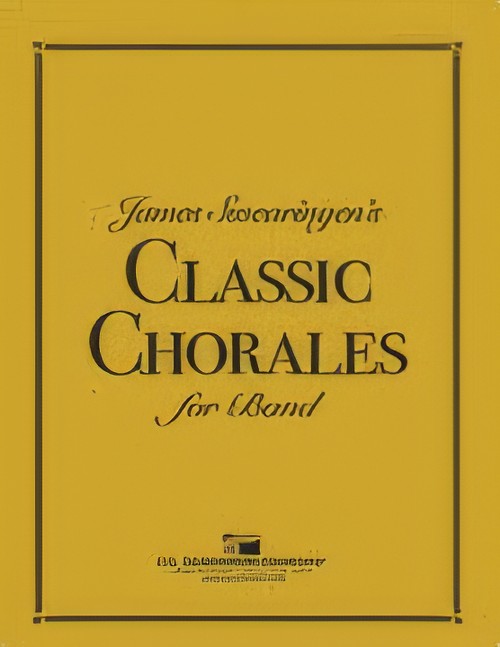 £4.95
£4.95Classic Chorales for Band (Bb Bass Clarinet/Bb Baritone TC) - Swearingen, James
Over the years, band directors from around the world have expressed appreciation for the many teaching opportunities that have resulted from using "First Chorales for Band" by James Swearingen. Now, sixteen of his all-time favourite hymns have been added to another collection that will further enhance the value of using quality chorales as part of your daily warm-ups. "Classic Chorales" is designed to assist you with incorporating musical objectives while allowing your students the unique opportunity to reach their fullest potential as musicians.
Estimated dispatch 7-14 working days
-
 £4.95
£4.95Classic Chorales for Band (1st and 2nd Bb Clarinets) - Swearingen, James
Over the years, band directors from around the world have expressed appreciation for the many teaching opportunities that have resulted from using "First Chorales for Band" by James Swearingen. Now, sixteen of his all-time favourite hymns have been added to another collection that will further enhance the value of using quality chorales as part of your daily warm-ups. "Classic Chorales" is designed to assist you with incorporating musical objectives while allowing your students the unique opportunity to reach their fullest potential as musicians.
Estimated dispatch 7-14 working days
-
 £4.95
£4.95Classic Chorales for Band (Flute) - Swearingen, James
Over the years, band directors from around the world have expressed appreciation for the many teaching opportunities that have resulted from using "First Chorales for Band" by James Swearingen. Now, sixteen of his all-time favourite hymns have been added to another collection that will further enhance the value of using quality chorales as part of your daily warm-ups. "Classic Chorales" is designed to assist you with incorporating musical objectives while allowing your students the unique opportunity to reach their fullest potential as musicians.
Estimated dispatch 7-14 working days
-
 £19.95
£19.95Classic Chorales for Band (Conductor) - Swearingen, James
Over the years, band directors from around the world have expressed appreciation for the many teaching opportunities that have resulted from using "First Chorales for Band" by James Swearingen. Now, sixteen of his all-time favourite hymns have been added to another collection that will further enhance the value of using quality chorales as part of your daily warm-ups. "Classic Chorales" is designed to assist you with incorporating musical objectives while allowing your students the unique opportunity to reach their fullest potential as musicians.
Estimated dispatch 7-14 working days
-
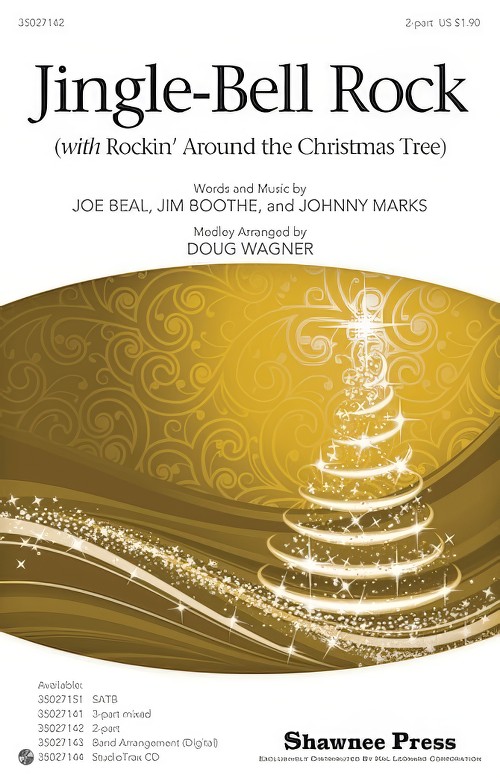 £2.50
£2.50Jingle-Bell Rock (2 Part Choral Octavo) - Wagner, Douglas E.
Douglas Wagner cleverly pairs Jingle-Bell Rock, first released in 1957, with Rockin' Around the Christmas Tree, written by Johnny Marks and made famous by Brenda Lee. Available with an optional band accompaniment that can also be played as an independent band piece; this choral gem generates holiday magic for kids and adults.
Estimated dispatch 7-14 working days
-
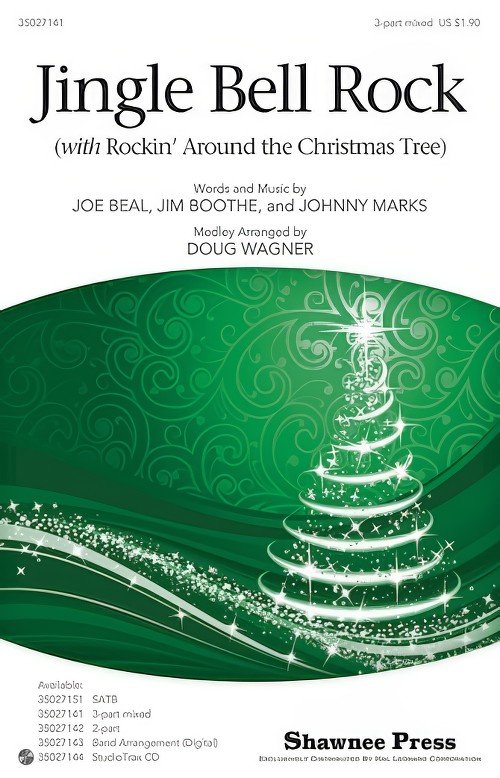 £2.50
£2.50Jingle-Bell Rock (3 Part Mixed Choral Octavo) - Wagner, Douglas E.
Douglas Wagner cleverly pairs Jingle-Bell Rock, first released in 1957, with Rockin' Around the Christmas Tree, written by Johnny Marks and made famous by Brenda Lee. Available with an optional band accompaniment that can also be played as an independent band piece; this choral gem generates holiday magic for kids and adults.
Estimated dispatch 7-14 working days
-
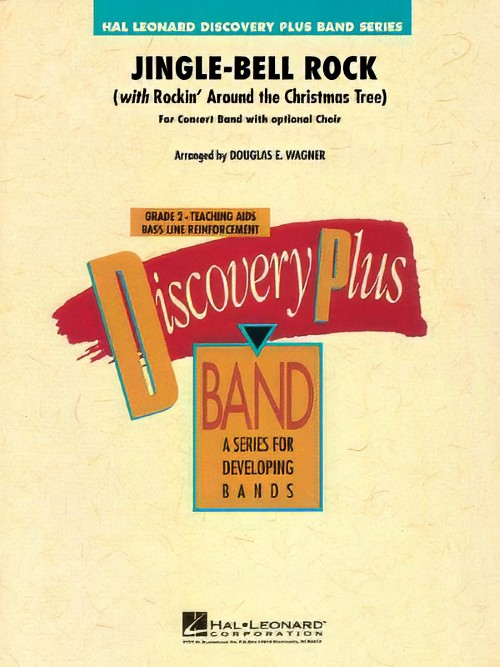 £60.99
£60.99Jingle-Bell Rock (Concert Band - Score and Parts) - Wagner, Douglas E.
Douglas Wagner cleverly pairs Jingle-Bell Rock, first released in 1957, with Rockin' Around the Christmas Tree, written by Johnny Marks and made famous by Brenda Lee. Available with an optional band accompaniment that can also be played as an independent band piece; this choral gem generates holiday magic for kids and adults.
Estimated dispatch 7-14 working days
-
 £2.50
£2.50Jingle-Bell Rock (SATB Choral Octavo) - Wagner, Douglas E.
Douglas Wagner cleverly pairs Jingle-Bell Rock, first released in 1957, with Rockin' Around the Christmas Tree, written by Johnny Marks and made famous by Brenda Lee. Available with an optional band accompaniment that can also be played as an independent band piece; this choral gem generates holiday magic for kids and adults.
Estimated dispatch 7-14 working days
-
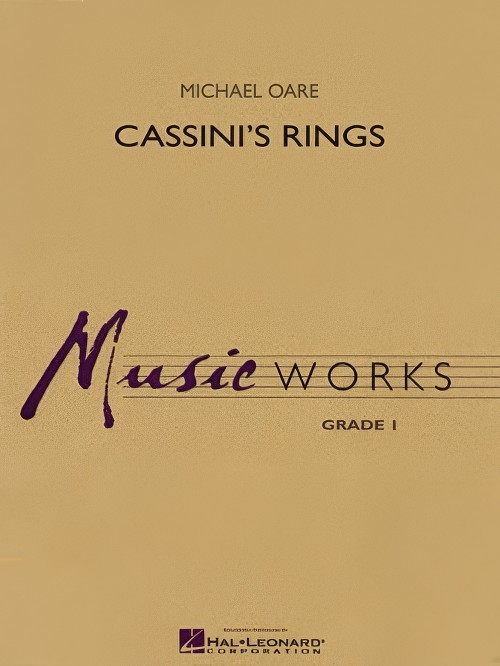 £42.50
£42.50Cassini's Rings (Concert Band - Score and Parts) - Oare, Michael
In 2004, NASA's Cassini spacecraft (named for astronomer Giovanni Domenico Cassini) entered into orbit around the planet Saturn. The famous rings are named for the first seven letters of the alphabet, and in order of their distance from the planet form a melodic tone row used as the basis for this creative and exciting work for beginning players.Duration: 2:20
Estimated dispatch 7-14 working days
-
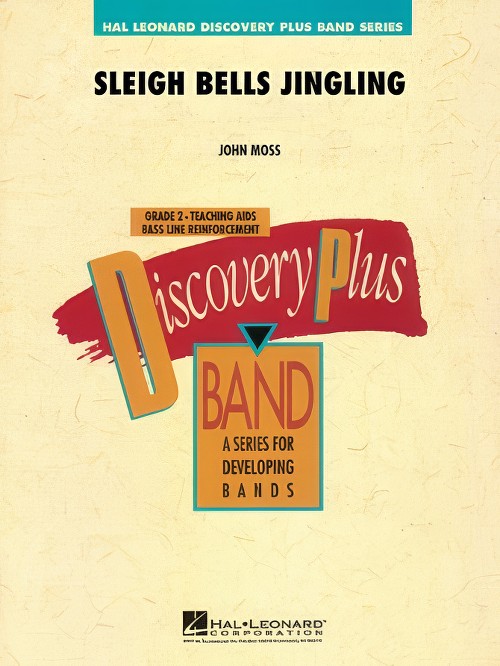 £53.50
£53.50Sleigh Bells Jingling (Concert Band - Score and Parts) - Moss, John
Taking the musical phrase "dashing through the snow" and weaving it around original material, John Moss has created a wonderful work for band that captures the flavour and joy of the holiday season.
Estimated dispatch 7-14 working days
